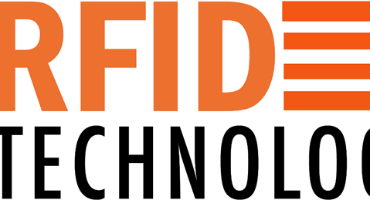Here are some common challenges:
Tag and Label Placement and Orientation: Ensuring proper tag placement and orientation on products or assets is critical for optimal read performance. Improper placement can lead to tag misreads or weak signal reception. Irregularly shaped items or assets with metal components may require specialized tags or mounting techniques to overcome challenges related to tag placement.
Tag Orientation and Readability: RFID tags have a preferred orientation for maximum readability. If tags are not aligned correctly, or if they are hidden or obstructed by other items or materials, it can impact read accuracy and efficiency. Ensuring consistent tag orientation during the inventory and asset management processes can be a challenge.
Dense and Overlapping Tag Environments: In scenarios where multiple tags are present in close proximity or stacked on top of each other, tag-to-tag interference can occur, leading to read collisions and reduced read accuracy. This challenge is particularly common when managing densely packed inventory or high-density storage areas.
Reading at Scale: When managing a large inventory or asset base, reading all the RFID tags quickly and accurately can be challenging. Ensuring that RFID readers and infrastructure can handle the volume of tags and provide real-time data without causing bottlenecks or delays requires careful planning and optimization.
Integration with Existing Systems: Integrating RFID technology with existing inventory and asset management systems, such as enterprise resource planning (ERP) or warehouse management systems (WMS), can be complex. Data synchronization, software integration, and ensuring compatibility between RFID hardware and software platforms are challenges that need to be addressed.
Data Management and Analytics: RFID implementations generate a vast amount of data, and managing and analyzing this data effectively can be a challenge. Extracting actionable insights from the collected RFID data, such as inventory accuracy, asset utilization, or demand forecasting, may require advanced analytics capabilities and robust data management processes.
Cost and Return on Investment (ROI): Implementing an RFID system for inventory and asset management can involve significant upfront costs, including tags, readers, infrastructure, and software. Evaluating the ROI and justifying the investment can be a challenge, especially for smaller businesses or organizations with limited budgets.
Training and Change Management: Introducing RFID technology for inventory and asset management requires training employees and stakeholders on new processes and systems. Resistance to change, unfamiliarity with the technology, and the need for new skill sets can be hurdles that need to be addressed through effective change management strategies.
Security and Privacy: Protecting the integrity and confidentiality of inventory and asset data is crucial. Implementing appropriate security measures to prevent unauthorized access, data breaches, or cloning of RFID tags is a challenge that must be addressed to ensure data privacy and maintain the integrity of the system.
Addressing these challenges requires careful planning, collaboration with RFID solution providers, and a thorough understanding of the specific inventory and asset management requirements. Conducting pilot tests, optimizing system configurations, and involving key stakeholders throughout the implementation process can help mitigate these challenges and ensure a successful RFID implementation for inventory and asset management.


